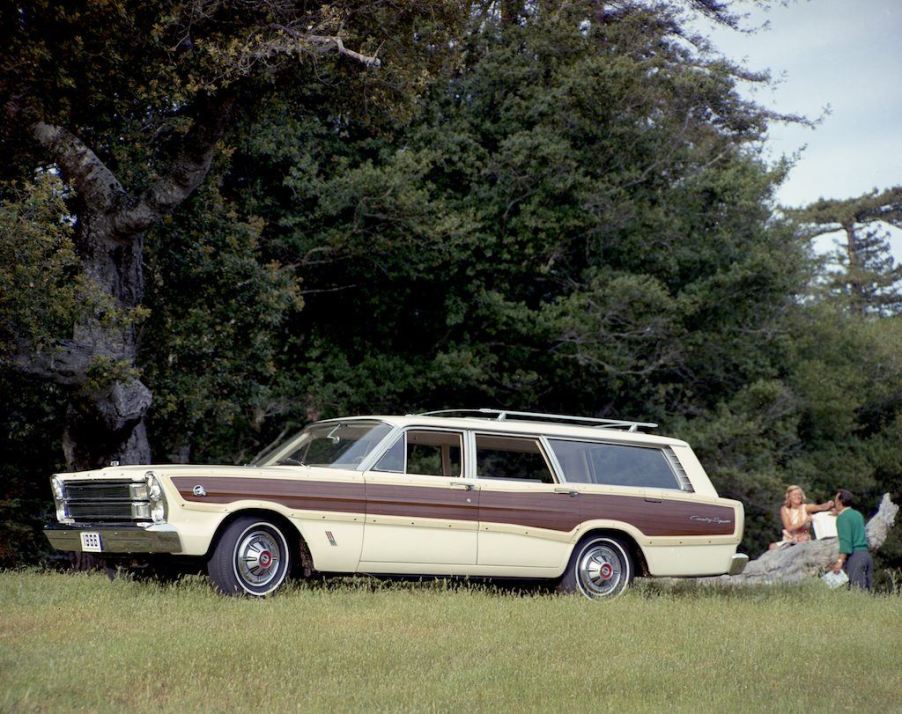
Wagon Wednesday: MotorBiscuit Highlights the Golden Years of Station Wagons
Perhaps I’m being overly nostalgic, but do you remember when station wagons were unequivocally rad? If you grew up in a large family from 1960 to 1985, chances are you’ve had the luxury of riding in one. It never fails to surprise, but a majority of the car enthusiasts I’ve met over the years always seem to have a fabled wagon story to tell.
So what is it exactly about this oddly proportioned cult classic that makes it so universally cherished? It’s hard to pinpoint a single defining feature, but rather a combination of factors that make road trips in a station wagon unlike any other.
Nostalgia for the gloried station wagon

Maybe it was the wood grain paneling in the Oldsmobile Vista Cruiser that reminded you of nature and the great outdoors. Or it could have been the rear facing third row seat in the Buick Sport Wagon where you could make funny faces at the drivers behind you. And don’t forget each holiday season, when it became a challenge to strap the largest spruce tree to the roof of the Ford LTD Country Squire so you could one-up the Griswolds this Christmas.
At the height of their popularity in the 1960s-70s, station wagons were the perfect utilitarian vehicle. With optional big block V8s, spacious roof racks and fold-down rear seating, there wasn’t anything you couldn’t tow, haul, or strap down to your Swiss army knife of a vehicle. It truly was, in essence, the ideal family truckster for daily living in America.
But as the price of fuel rose and emissions became stricter, station wagons were traded in for more fuel-efficient alternatives. Cars were downsized, engine displacement grew smaller each year, and performance suffered as a result.
Station wagons replaced by minivans
When the Plymouth Voyager became the first minivan released stateside for the 1984 model year, that was the beginning of the end for station wagons in America. GM and Ford soon followed Chrysler’s lead, and soon the Chevy Astro, GMC Safari, and Ford Aerostar joined the Plymouth Voyager and Dodge Caravan on the market. The New York Times gushed over the Chrysler minivan’s aerodynamic styling and appeal to younger buyers, calling it one of the “hot cars coming out of Detroit.”
Like the current market shift toward SUVs, the minivan craze swept across the nation and wagons were quickly being phased out by the late 1980s. Once a pillar in every manufacturer’s lineup, station wagons had always been designed to appeal to the masses. It quickly became apparent that this strategy would no longer suffice, and future wagons would have to be low production niche products catered to a much smaller target audience.
While they may no longer be as common as they once were, that doesn’t make wagons any less appealing to enthusiasts today. From the very pioneers in the segment to those still in production today, MotorBiscuit will be unearthing a rad station wagon each week as part of our Wagon Wednesday feature series.
Be sure to check back next week as we profile our first model—a rare 1987 Chevrolet Celebrity Eurosport VR Wagon—and the epic rescue mission its owner embarked upon to save it.


